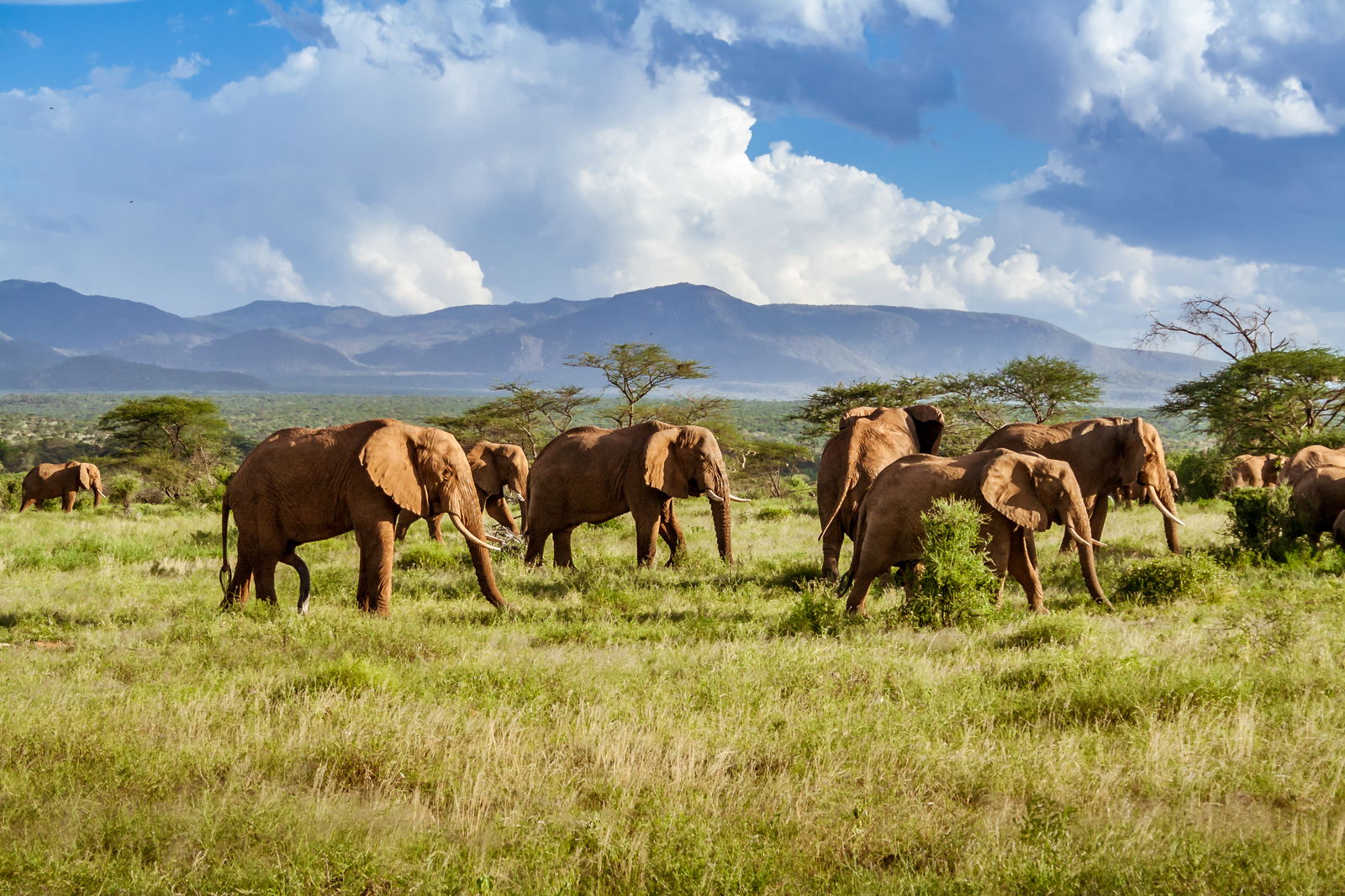


For those looking to experience the quintessential safari, you can't go wrong with Kruger National Park. You'll have a strong likelihood of seeing the Big Five here, though the prolific wildlife which largely doesn't migrate in any way.
The obvious reason to visit Kruger National Park is to see amazing mega fauna in the wild. Thanks to decades of protection and tourism animal populations have increased in the area to a sustainable number. This is truly an illustration of conservation success, and proof that animals alive are worth more to a local economy than those dead/hunted.
Thanks to being only 250-miles from Johannesburg it is extremely easy to drive (about 4.5 hours) or take a short 45-min flight to the Kruger National Park area. On top of that, you are allowed to drive in the national park on your own to enjoy the animals at your own pace.
While Kruger's wildlife is profound, the aforementioned self-driving freedoms of the park often mean increased traffic. In fact, it is rare to have a quality wildlife sighting without seeing other cars (even dozens) at the same viewing. Therefore, if you have a few extra dollars (or the local rand) to burn, consider staying at an adjacent conservancy where the amount of visitors are severely limited. Another benefit is they require a driver guide (which actually helps with nature interpretation and learning/finding more), and you'll be allowed to drive off-road so if there's a cheetah in the distance your guide can take you to it, no problem. Consider the Sabi Sands area which shares a border with Kruger and while the government sees borders, wildlife doesn't. Which means phenomenal animal viewing without the people.

Winter is also considered dry season in Kruger and occurs from May - August. Temperatures are an average in the high 60's and rain is highly unlikely.

Summer is November - February with temperatures in the mid 80's. This is also considered the wet season averaging about 3in per month in precipitation.